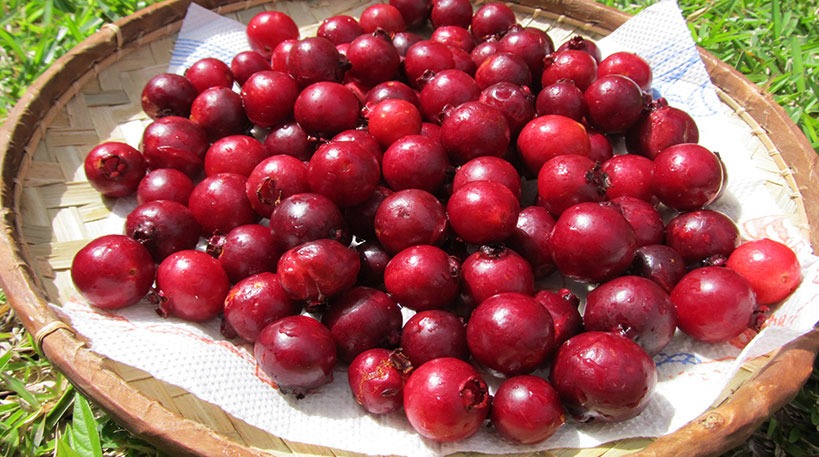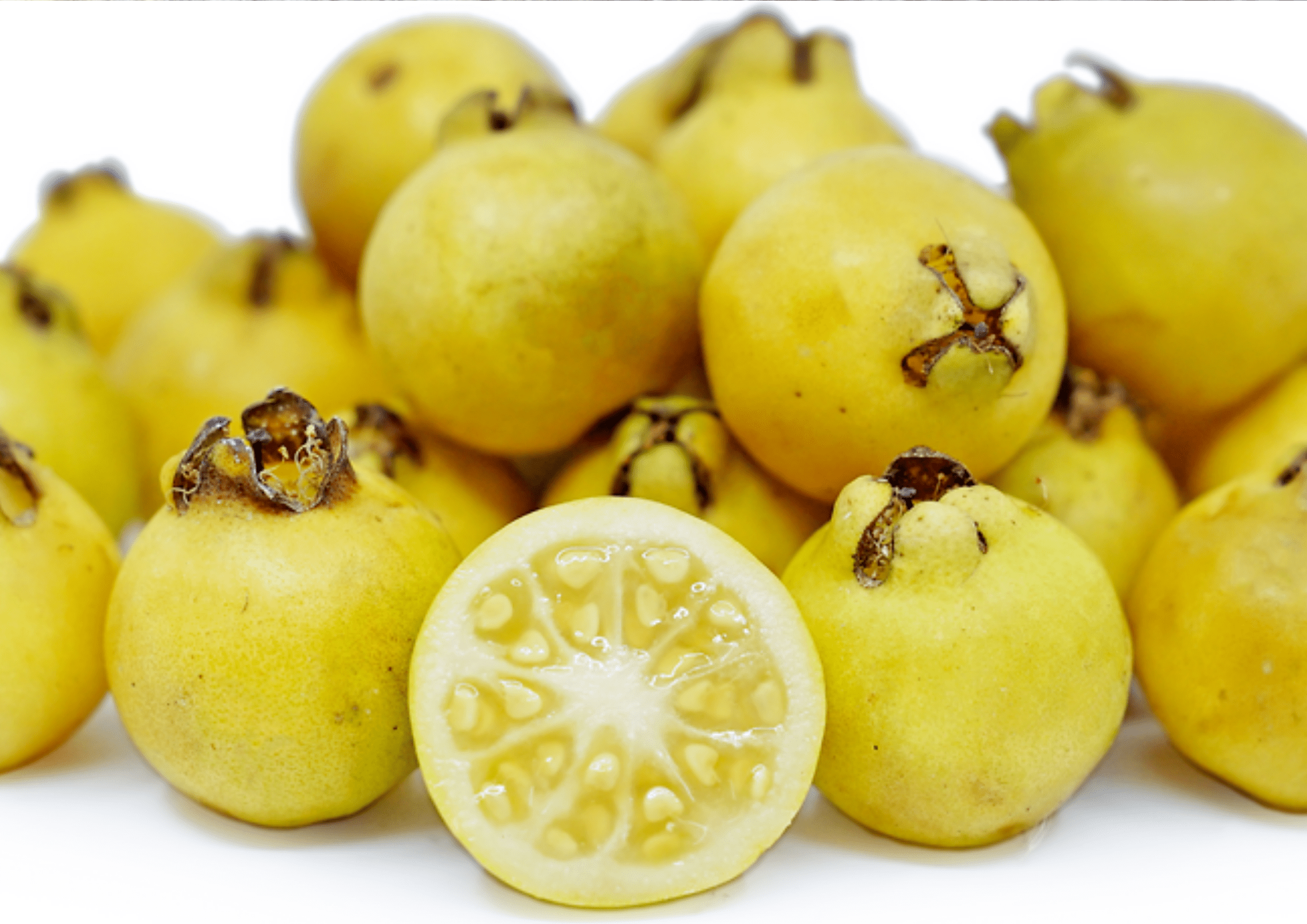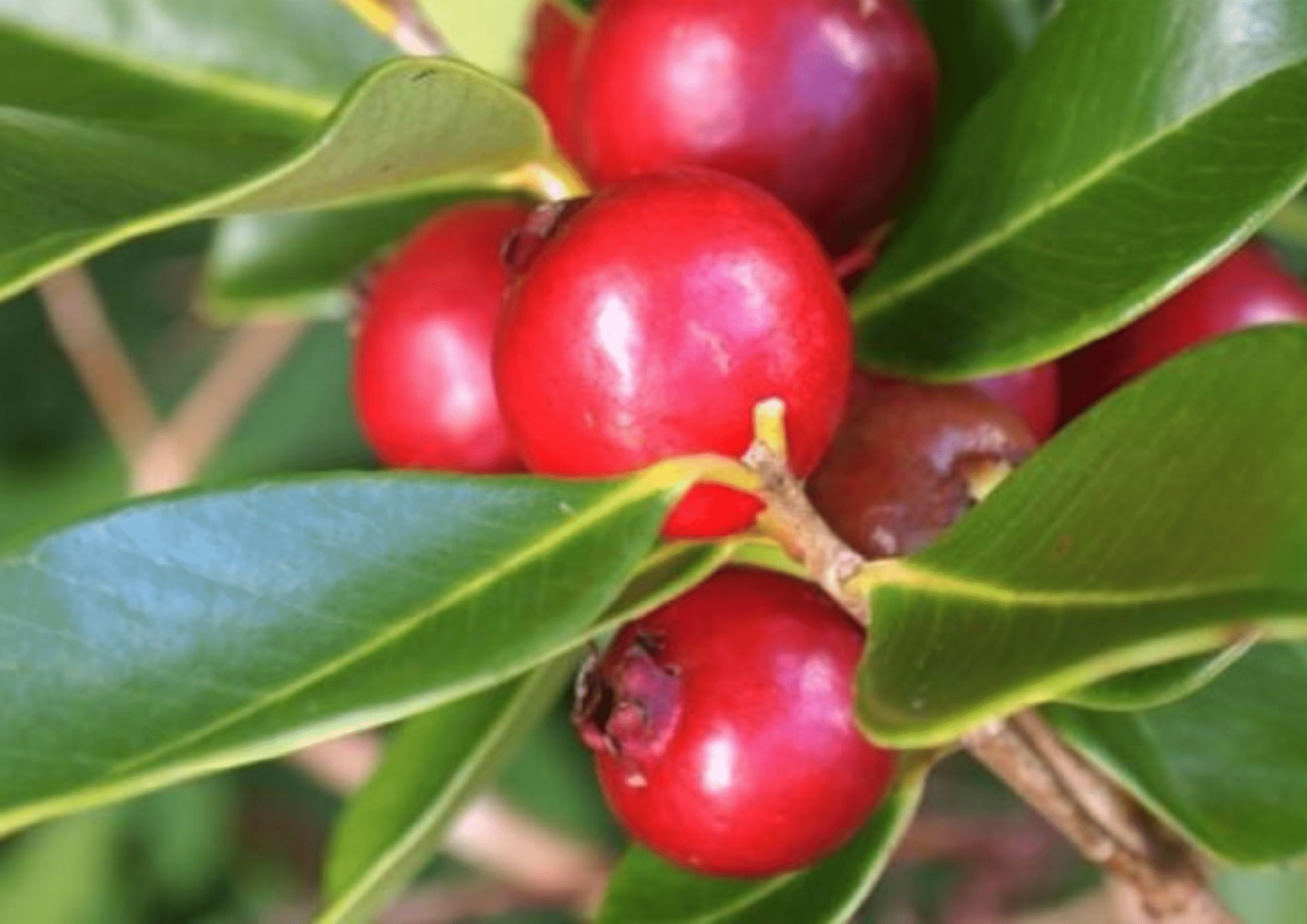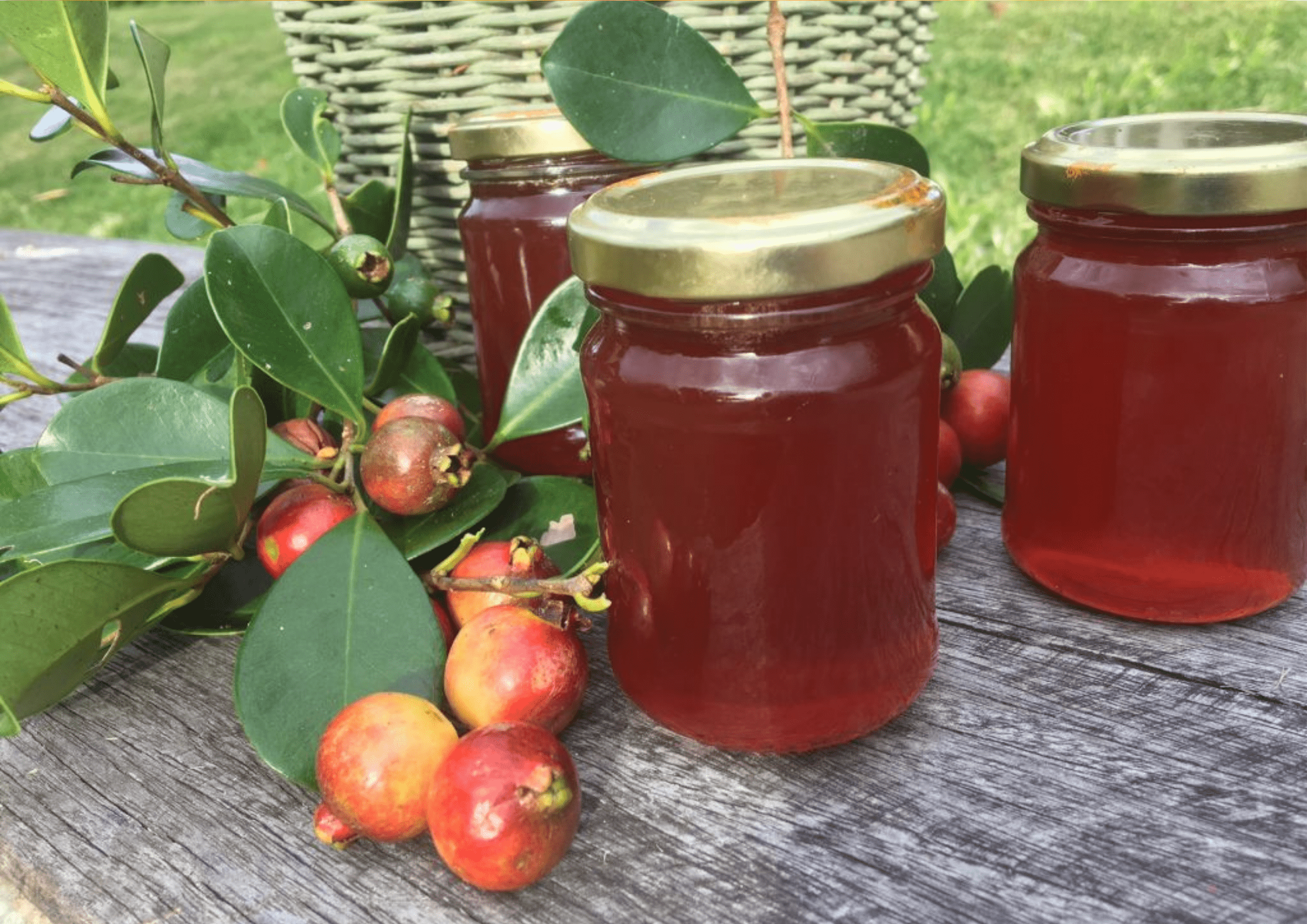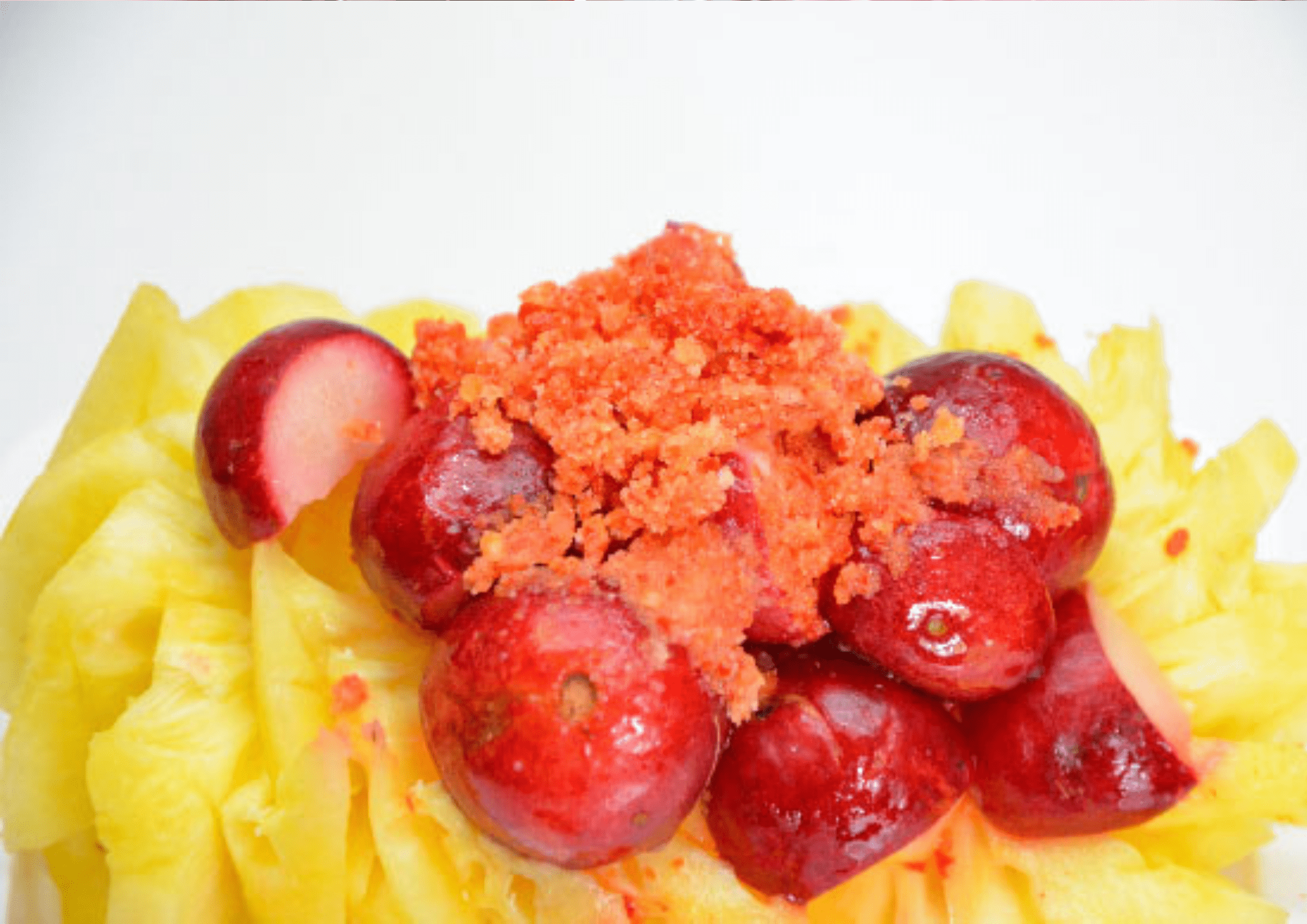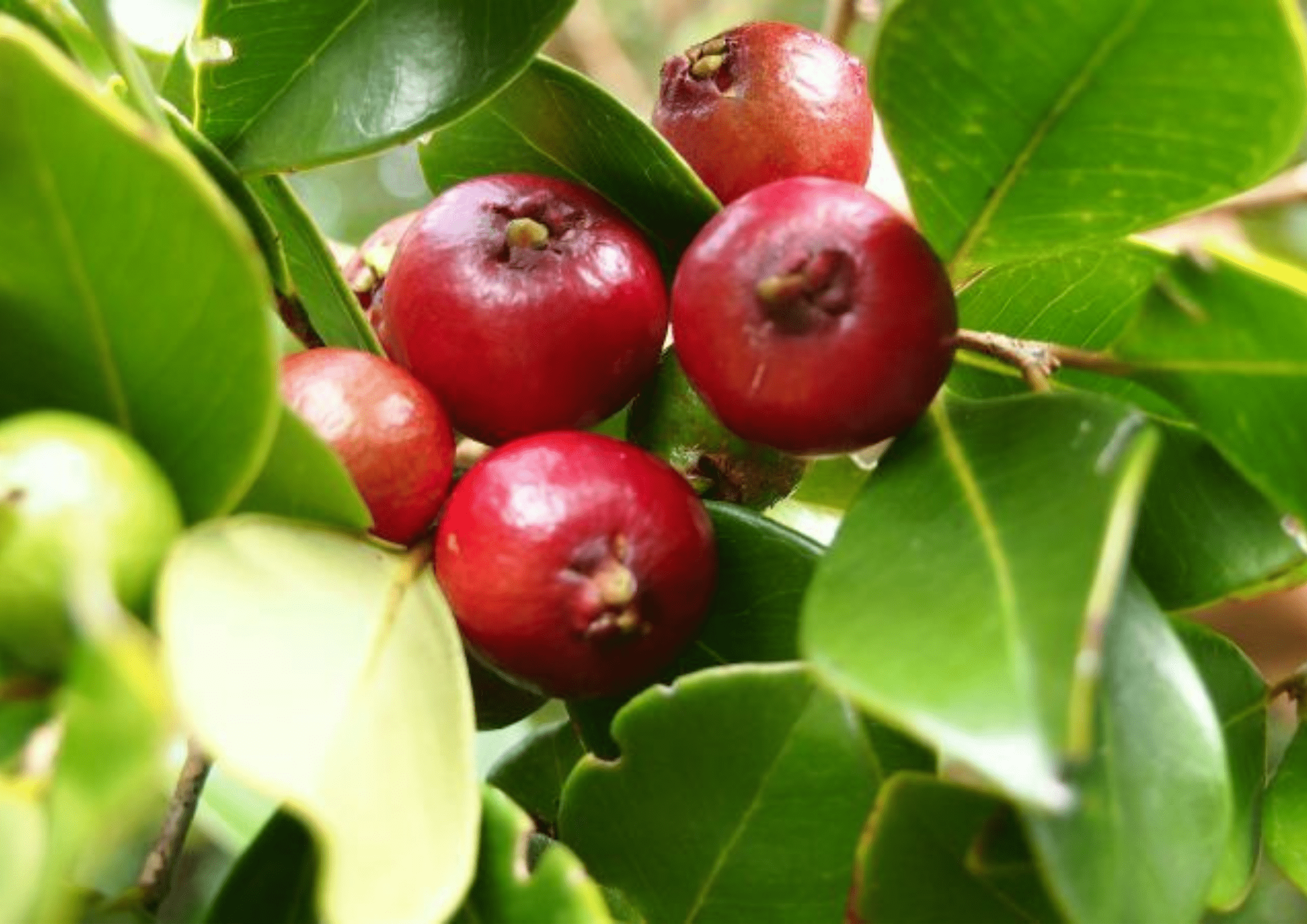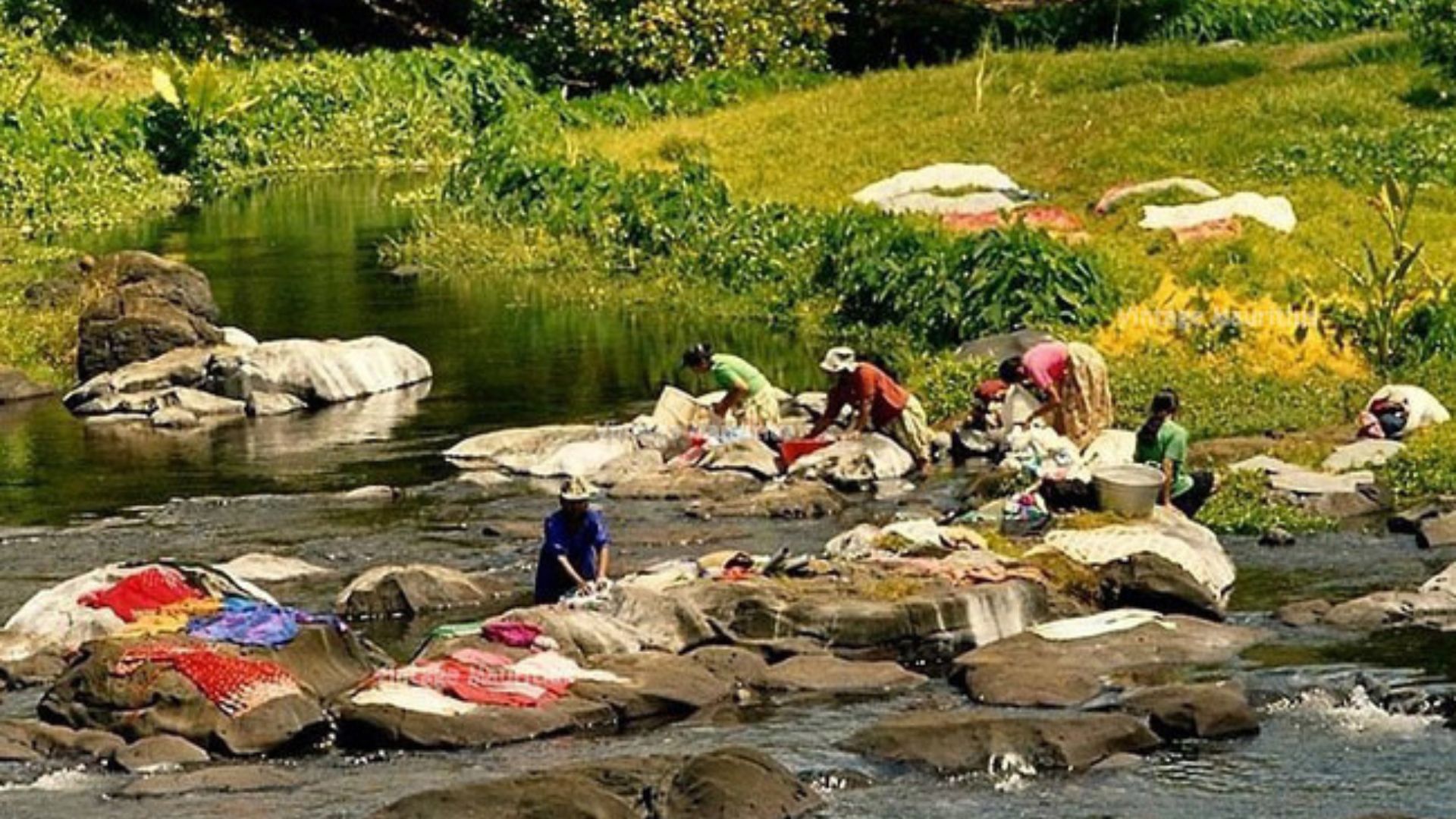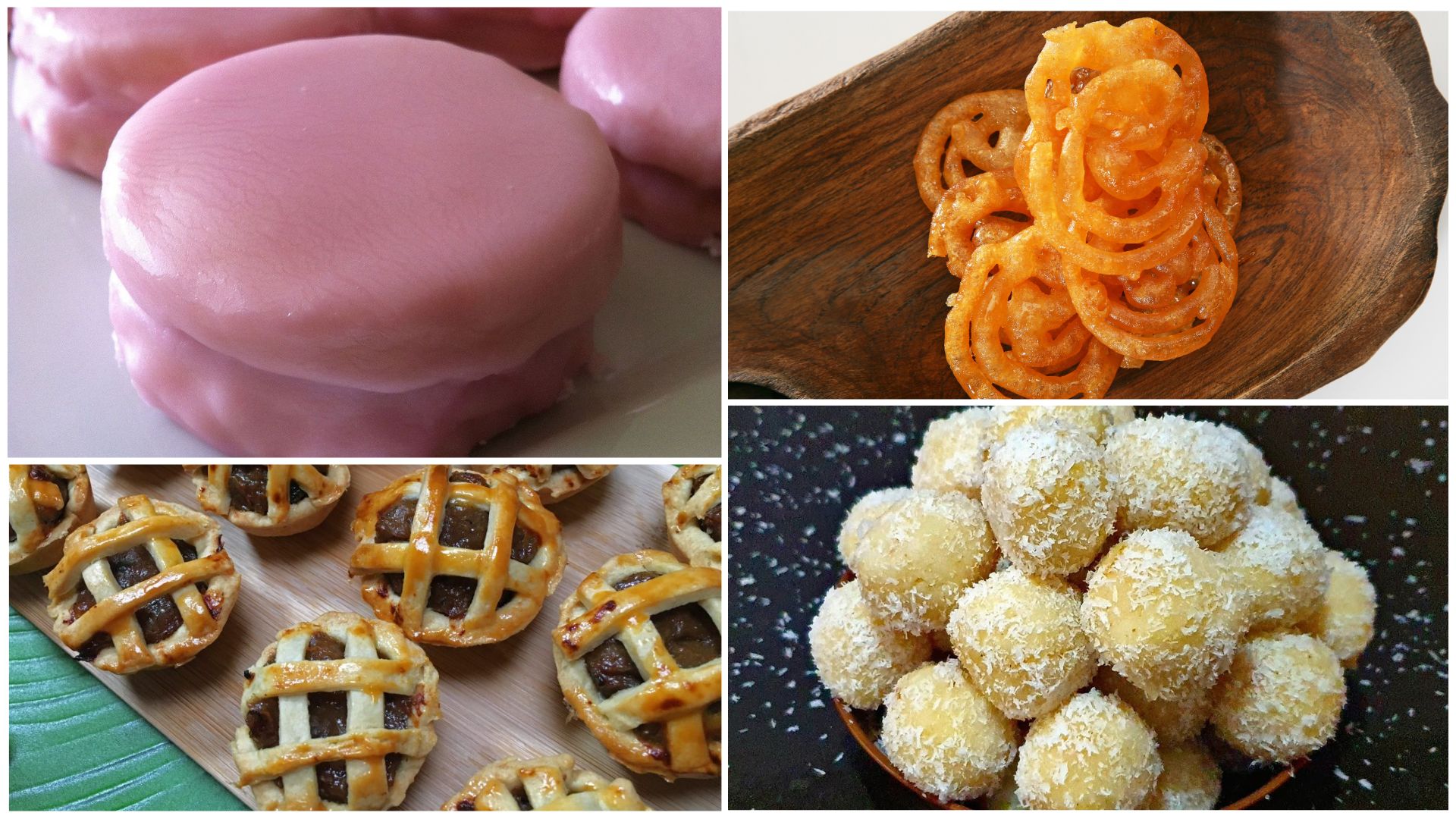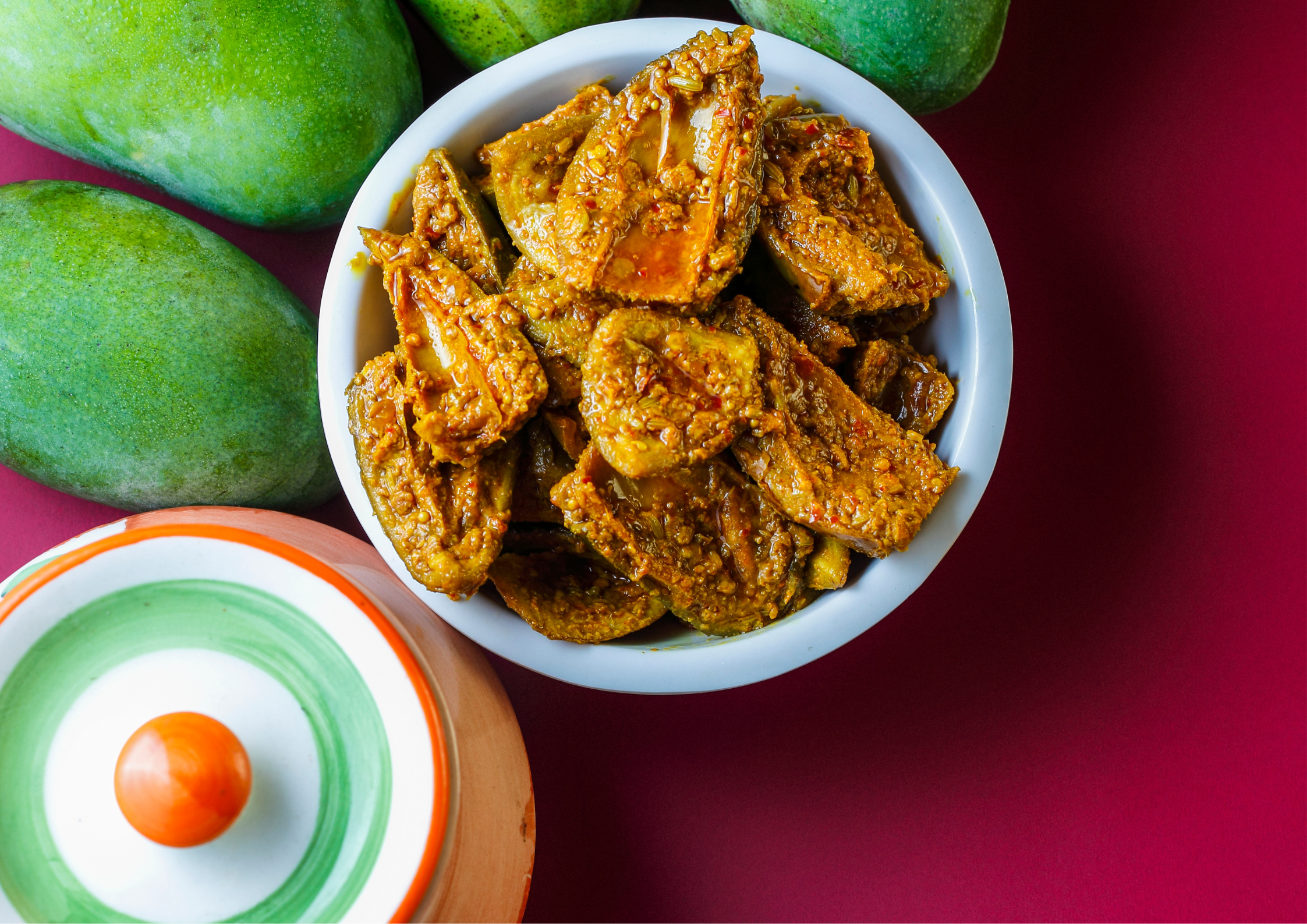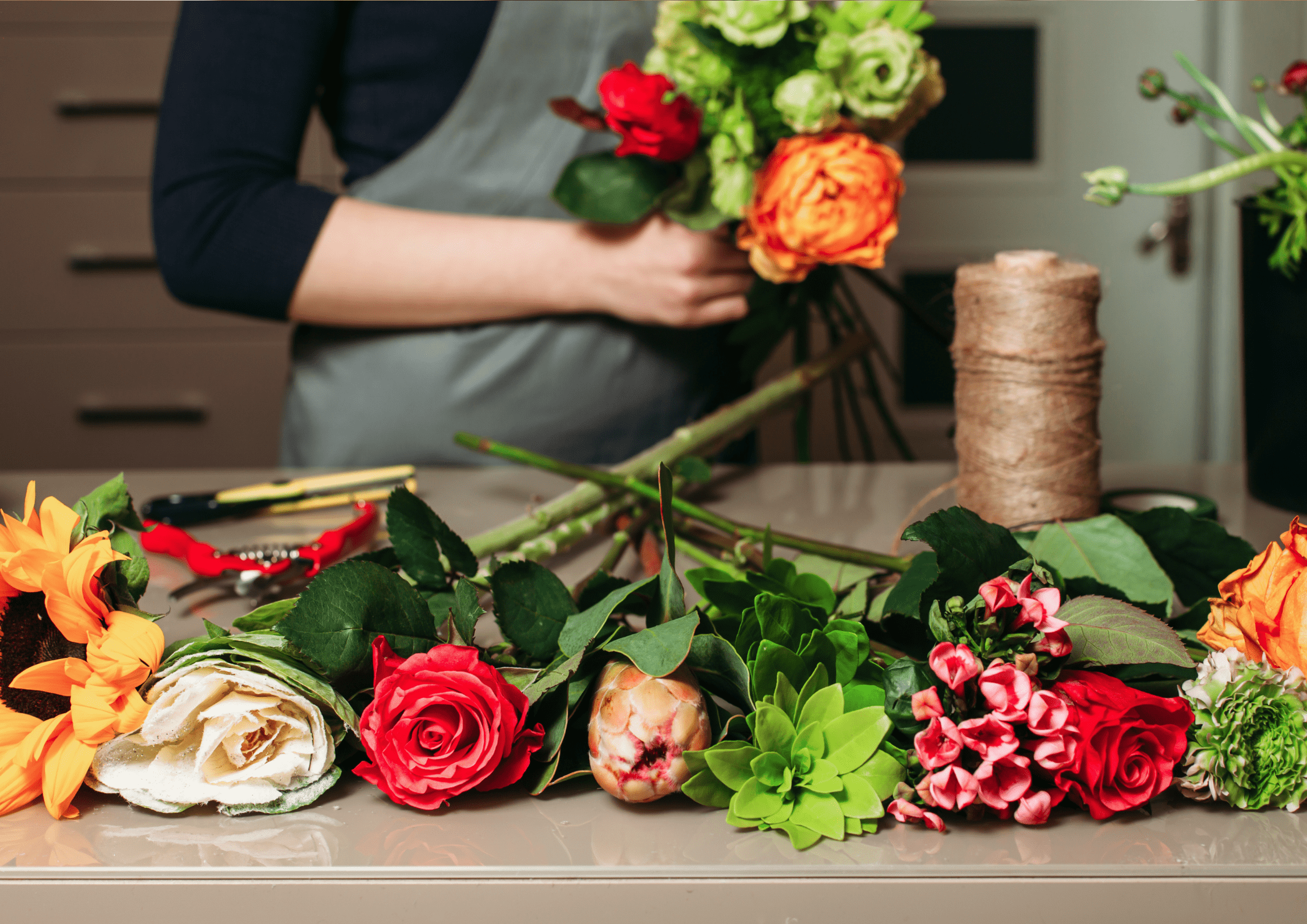Picnic at Plaine Champagne: Guavas!
They say the early bird catches the worm, or in this case, the early riser plucks the fruit. The beginning of April is a great time to visit Plaine Champagne in Mauritius, found at 600 meters of altitude, to pick ‘Goyaves de Chine’, abundant in that region. Our picnic baskets all ready, we set off to explore the forests which are an extension of the National Park covering an area of 6574 hectares, where over 309 species of plants and 9 species of endemic birds live.
Driving past Mare aux Vacoas Reservoir, we were inevitably drawn by the rich scent of fresh pine trees, found on a managed area of land, where we were tempted to stop. But the guavas awaited. We parked the car and grabbed our baskets and bowls. Equipped with ‘gaulettes’ (a kind of flexible hook-stick), we were off on a path through dense vegetation. Going on separate ways was not an option, as it is highly recommended to stick together. May the best man or woman pick the biggest amount of and most beautiful fruits.
I therefore leisurely plucked the fruits and collected them in my basket while being careful not to crush them, as these ‘goyaves de Chine’ would later be savored and shared among neighbors on convivial occasions. And as in previous years, I would then enjoy making jam which I would use as a filling for my favorite shortbread cake, napolitain, coated with icing sugar. This original, homemade jam is the secret ingredient that gives the napolitain cake its delicacy. I also like ‘goyaves de Chine’ with salt paired with chilli or as a coulis sauce and as a vinaigrette.
What does it taste like? It is extremely pleasant, refreshing at will, sweet when fully ripe, with a slightly sour strawberry-like flavor. The pulp is creamy-white with a melting and juicy texture.
Why is it actually called ‘Goyave de Chine’ instead of just ‘Goyave’ (Guava)? Why the reference to China? The shrub is native to the East Coast of Brazil. It is referred to as Psidium Chinense and was brought to Southern China during an early era. Its bark is smooth, pinkish to greenish, with patches detached off it. There are three varieties of ‘Goyave de Chine’: red, yellow and ‘gargoulette’. The plant here was quickly spread by birds, monkeys, brown pig and Man. It has now invaded our forests, thus hindering the regeneration of native species.
Picnicking in the highlands in the middle of lush vegetation has become a tradition because it is synonymous with family reunions and gatherings. Picking ‘Goyaves de Chine’ calls for festivity and outings! This excursion unavoidably includes a good lunch displayed on an outdoor ‘mat’ made of Vacoas, from the Pandamus family, crafted by a local artisan. Invigorated by the walk in the forest and after deep breaths of fresh clean air of the high altitude, we worked up quite an appetite. Bread, cheese, sausages, roasted chicken, green salad, juice, tea and of course the napolitain cakes …nothing was lacking! There we were, after a two-hour plucking session, all gathered, telling funny anecdotes of those yearly expeditions. Young and old let loose and indulged themselves with the pleasure of being together whilst enjoying the beautiful weather.
I ponder over the idea of creating a real ‘Goyaves de Chine’ festival, whereby awareness of environmental sustainability, the protection of species, invasive plants and forest conservation would be raised. Picking guavas and making good use of them would allow the decrease of their expansion and would thus enable native and endemic plants to recover possession of their territory. That is a real option!
The picking of ‘Goyaves de Chine’ is an exercise worth participating in at least once a year. A little advice to the uninitiated: caution! If the guavas are not picked at the right time, they will be too acidic and will consequently cause you to squint. Let’s call on the experts: the sellers who will spare no efforts to advise you!
Those sellers pick them and sell them in a trunk on their bike in the streets of Curepipe and in remote areas. There is fortunately always plenty left for nature and green space lovers between the months of April and early May. Those who love the fruit get their Vitamin C fill quite fast.
Yay to picnic parties! Long live the forests and long live the enthusiasm to visit them while mindfully sticking to the recommended trails and staying connected – not to our electronic devices, but to nature!
LzaM Natur

